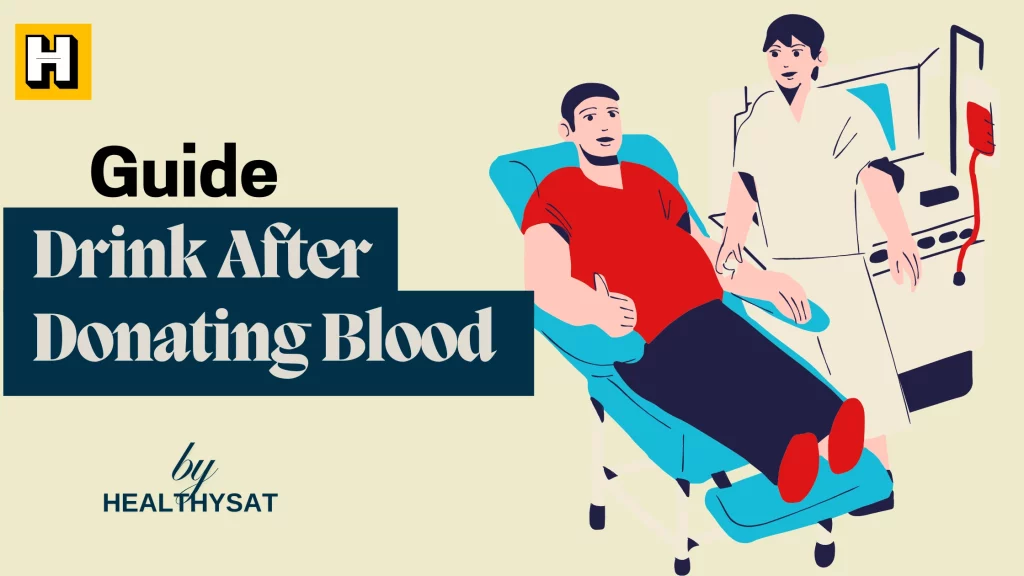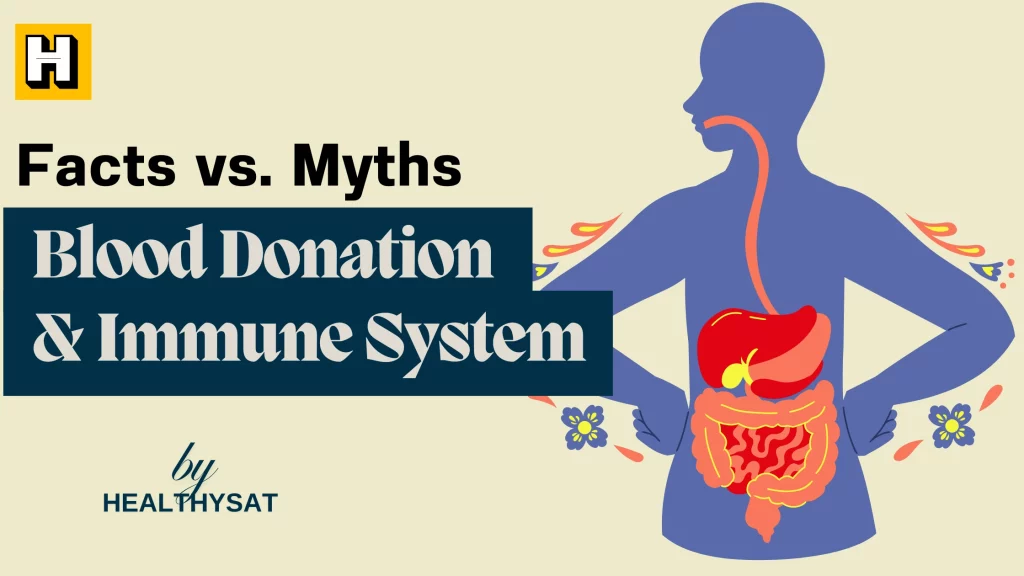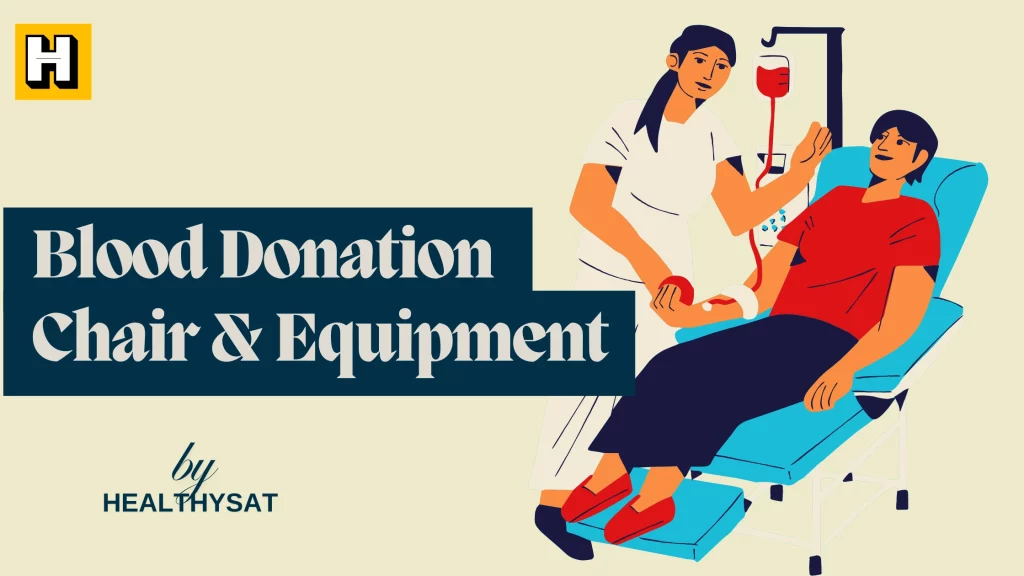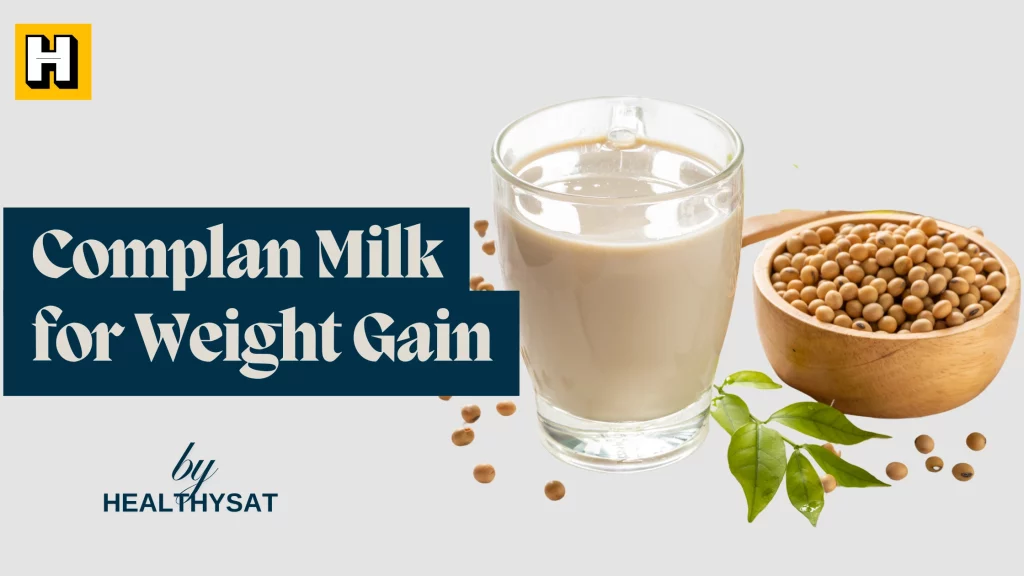Nutrition is an essential aspect of our lives. It impacts our health, energy levels, and overall well-being. Understanding the different classes of food and their examples is crucial in making informed dietary choices. In this comprehensive guide, we will delve into the various types of food and provide examples of each, so you can better understand their importance in your diet.
Introduction to Classes on Food
Food can be classified into different categories based on its composition and nutritional value. These classes of food are essential for maintaining a healthy and balanced diet. Let’s take a closer look at each type of food and their examples:
Carbohydrates – The Energy Providers
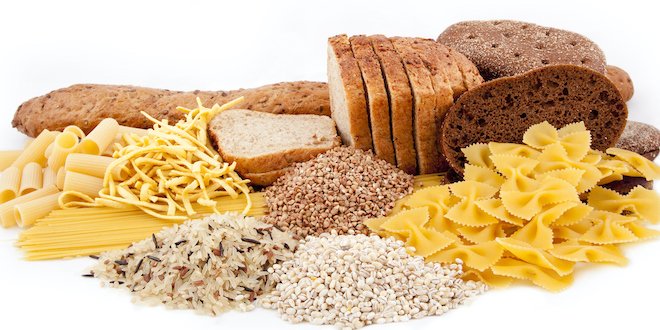
Carbohydrates are one of the primary sources of energy for our bodies. They are composed of carbon, hydrogen, and oxygen atoms and are classified into three types: simple, complex, and dietary fiber.
1. Simple Carbohydrates: These are easily digestible and provide quick energy. Examples include sugar, honey, fruits, and milk.
2. Complex Carbohydrates: These are fiber-rich and take longer to digest, providing sustained energy. Examples include whole grains, beans, and vegetables like sweet potatoes and broccoli.
3. Dietary Fiber: This carbohydrate is not digested by our bodies but is essential for maintaining digestive health. Examples include bran, oats, and legumes.
Proteins – The Body Building
Proteins are essential for building and repairing tissues in our bodies. They are composed of amino acids, considered the building blocks of proteins. Proteins can be classified into two types:
1. Complete Proteins: These contain all the essential amino acids our bodies require. Examples include meat, fish, eggs, dairy, and soy products.
2. Incomplete Proteins: These do not contain all the essential amino acids and must be combined with other protein sources to provide a complete protein profile. Examples include grains, nuts, and seeds.
Fats and Oil- The Energy Storages
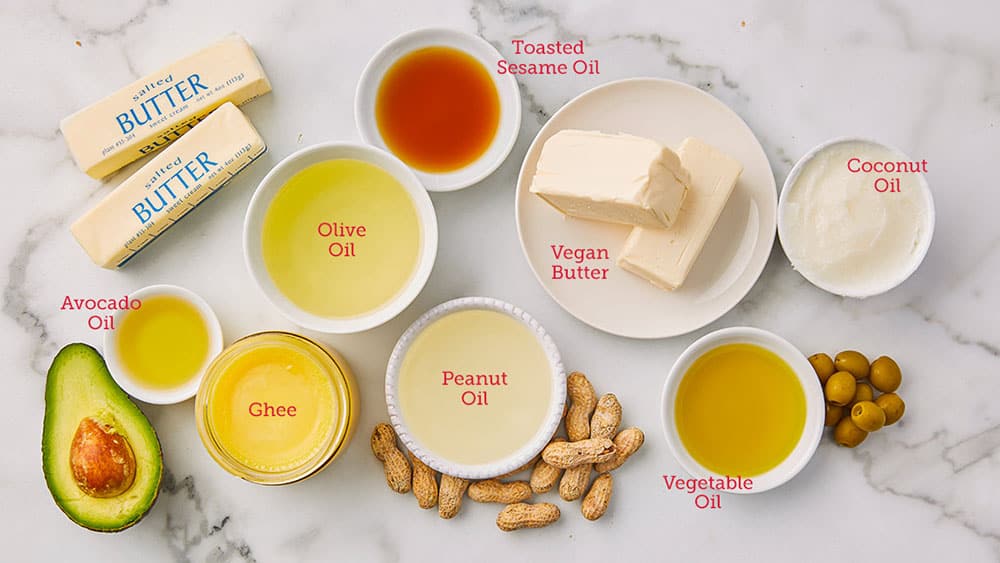
Fats are a nutrient that provides energy and helps absorb specific vitamins. They are classified into four types: saturated fats, unsaturated fats, trans fats, and cholesterol.
1. Saturated Fats: These fats are solid at room temperature and are mainly found in animal-based products such as meat, poultry, dairy products, and tropical oils like coconut and palm oil. Consuming excessive saturated fats can increase the risk of heart disease.
2. Unsaturated Fat: These fats are liquid at room temperature and are found in plant-based oils such as olive oil, canola oil, and avocados. They are considered healthy fats and can help reduce the risk of heart disease.
a.Trans Fats: These fats are artificially created through hydrogenation, making liquid oils solid at room temperature. They are commonly found in processed foods, margarine, and baked goods. Trans fats are harmful to health and should be avoided as they increase the risk of heart disease.
b.Cholesterol: Cholesterol is a type of fat produced by our bodies and is also found in animal-based products. It is essential to limit the intake of cholesterol-rich foods as excessive cholesterol can lead to heart diseases.
Vitamins- The Essential Nutrients
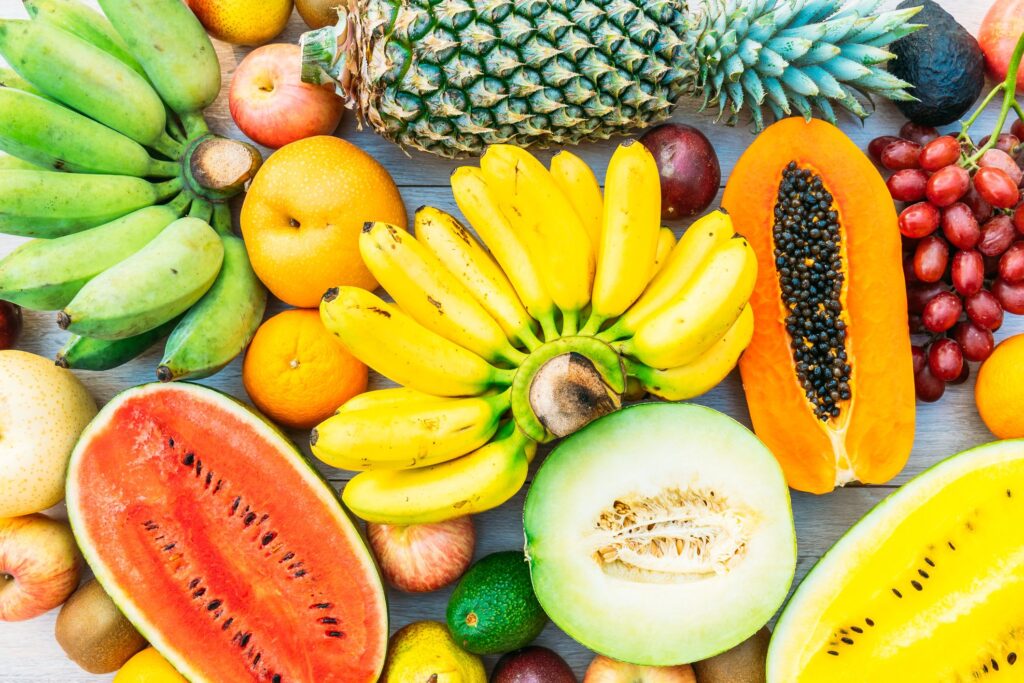
Vitamins are organic compounds required in small quantities for various physiological functions in our bodies. They are classified into two types: water-soluble vitamins and fat-soluble vitamins.
1. Water-soluble vitamins: These vitamins are not stored in our bodies and need to be replenished regularly through our diet. Examples include vitamin C and B-complex vitamins such as B1 (thiamine), B2 (riboflavin), B3 (niacin), B6 (pyridoxine), B9 (folic acid), and B12 (cobalamin). They are found in fruits, vegetables, dairy products, and whole grains.
2. Fat-soluble Vitamins: These vitamins are stored in our bodies and can be obtained from dietary fats. Examples include vitamins A, D, E, and K. They are found in fatty fish, eggs, dairy products, and fortified cereals.
Minerals – The Essential Elements
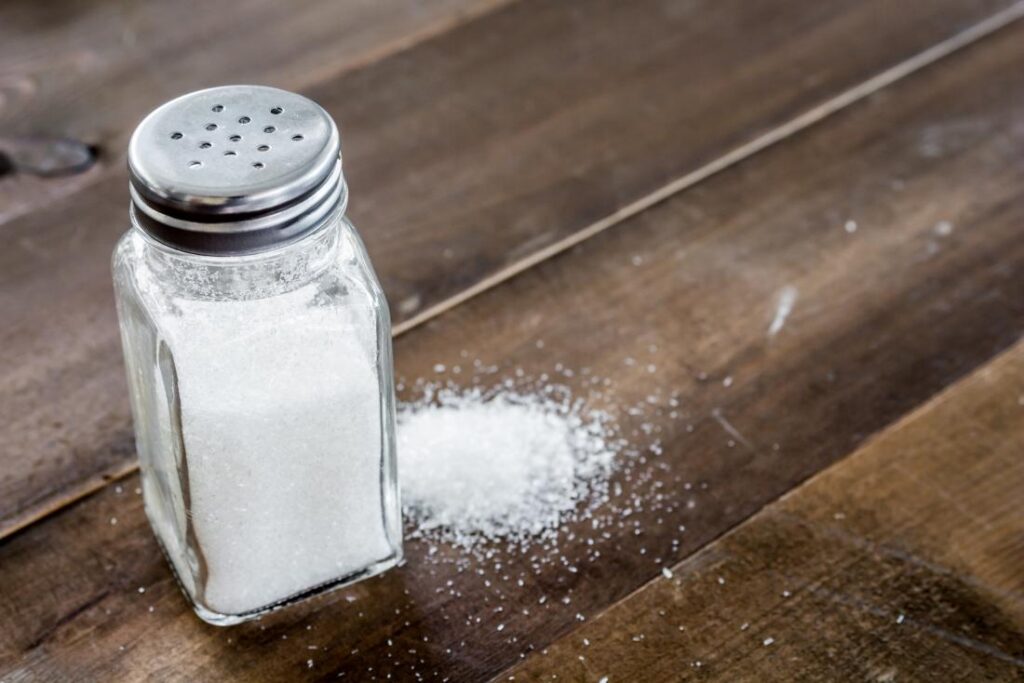
Minerals are inorganic compounds that play a vital role in various physiological functions in our bodies. They are classified into two types: major minerals and trace minerals.
1. Macro Minerals: Our bodies require these minerals more significantly. Examples include calcium, phosphorus, magnesium, sodium, potassium, and chloride. They are found in dairy products, legumes, nuts, seeds, and fruits.
2. Micro Minerals: Our bodies require these minerals in smaller amounts, but they are equally important. Examples include iron, zinc, copper, selenium, iodine, and fluoride. They are found in meat, seafood, nuts, seeds, and whole grains.
- Vitamins for Bigger Buttocks and Hips in Nigeria
- How to Make Pink Lip Cream: A Comprehensive Guide
- 5 Best Cream for Dark Skin In Nigeria
- When to Start Antenatal Care in Nigeria: A Comprehensive Guide for Expectant Mothers
- How to Look Attractive as a Girl And Boost Your Confidence
Water – The Essential Fluid
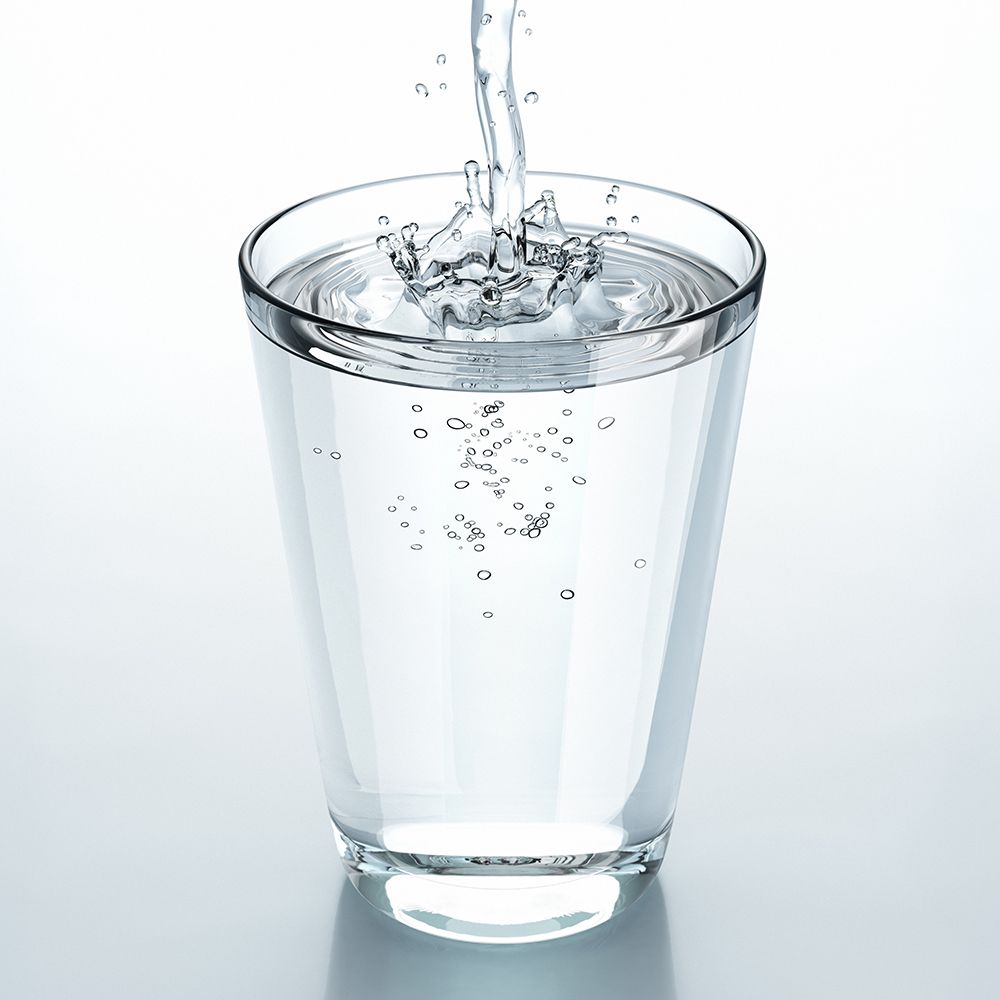
Water is a crucial component of our bodies and is required for various physiological functions. It is essential for digestion, absorption, transportation of nutrients, regulation of body temperature, and elimination of waste products. Water can be obtained from various sources like plain water, fruits, vegetables, soups, and beverages.
Miscellaneous Foods – The Extras
Apart from the significant classes of food mentioned above, some miscellaneous foods provide additional nutrients to our bodies. These include:
1. Beverages: Drinks like tea, coffee, herbal teas, and fresh fruit juices can also contribute to our overall nutrition. However, it is essential to be mindful of added sugars and excessive caffeine in some beverages.
2. Condiments and Spices: Condiments and spices like salt, pepper, herbs, and spices can add flavor to our meals and provide additional nutrients. However, it is essential to use them in moderation, as excessive salt and herbs can have adverse health effects.
3. Sweeteners: Sweeteners like sugar, honey, and maple syrup can add sweetness to our foods and beverages. However, limiting the intake of added sugars is crucial as they can contribute to weight gain and other health issues.
Frequently Asked Questions
What are the best sources of carbohydrates in my diet?
Some of the best sources of carbohydrates include whole grains like brown rice, quinoa, and oats; fruits like berries, apples, and bananas; and vegetables like sweet potatoes, broccoli, and carrots.
How much protein do I need in my diet?
The recommended daily protein intake varies depending on age, gender, activity level, and overall health. Consuming about 0.8 to 1 gram of protein per kilogram of body weight is recommended as a general guideline. Good protein sources include meat, fish, eggs, dairy products, beans, nuts, and seeds.
Are all fats bad for my health?
No, not all fats are bad for your health. Healthy fats are essential for our bodies, such as monounsaturated fats in avocados, nuts, and olive oil, and polyunsaturated fats in fatty fish, flaxseeds, and chia seeds. These fats are essential for brain function, hormone production, and overall health. However, it is necessary to consume them in moderation, as fats are high in calories, and excessive intake can lead to weight gain.
Can I get all the necessary vitamins and minerals from my diet alone?
In most cases, a well-balanced diet that includes a variety of foods can provide you with the vitamins and minerals you need. However, in some cases, dietary supplements may be recommended by a healthcare professional, especially for individuals with specific nutrient deficiencies or medical conditions. It is always best to consult a healthcare provider before taking supplements.
Is drinking water the only way to stay hydrated?
While drinking water is the most direct way to stay hydrated, it is not the only way. Many foods, especially fruits, and vegetables, contain high water content and can improve overall hydration. Soups, smoothies, and other beverages can also help maintain hydration levels. However, consuming adequate plain water is also essential to meet your body’s hydration needs.
Are condiments and spices healthy for my diet?
Condiments and spices can add flavor to your meals and provide additional nutrients. However, it is essential to use them in moderation, as excessive intake of salt and spices can have adverse health effects, such as high blood pressure. Opt for natural herbs and spices, and limit using high-sodium condiments. Always check food labels for the sodium content of seasonings and spices.
Can I consume sweeteners in my diet?
Sweeteners like sugar, honey, and maple syrup can add sweetness to your foods and beverages. However, limiting the intake of added sugars is crucial, as they can contribute to weight gain, tooth decay, and other health issues. Opt for natural sweeteners like honey or maple syrup in moderation. Try to reduce your overall intake of added sugars by choosing foods and beverages with little or no added sugars.
Can I meet my nutritional needs with a vegetarian or vegan diet?
Yes, it is possible to meet your nutritional needs with a well-planned vegetarian or vegan diet. However, it may require careful consideration of the types of foods you consume to ensure that you are getting all the essential nutrients your body needs. Plant-based protein sources, such as legumes, tofu, tempeh, and quinoa, can be included in a vegetarian or vegan diet to meet protein requirements. Supplementation with vitamin B12 may also be necessary, as it is mainly found in animal-based foods.
Is it possible to overeat healthy foods?
Yes, it is possible to overeat healthy foods. Even though foods like fruits, vegetables, and nuts are nutrient-dense and beneficial for health, consuming them excessively can still lead to weight gain. It is important to practice portion control and listen to your body’s hunger and fullness cues, even when consuming healthy foods.
Is it necessary to drink water during exercise?
Yes, it is crucial to drink water during exercise to replenish the fluids lost through sweat and prevent dehydration. Adequate hydration during exercise is essential for optimal performance, recovery, and overall health. It is recommended to drink water before, during, and after exercise and to listen to your body’s thirst signals to ensure proper hydration.
Incorporating foods from different food classes into your diet can provide well-rounded and balanced nutrition. It is essential to pay attention to portion sizes and practice.
Conclusion
In conclusion, understanding the different classes of food and their examples is crucial for maintaining a healthy and balanced diet. Carbohydrates provide energy, proteins build and repair tissues, fats store energy, vitamins, and minerals are essential for various physiological functions, water is crucial for hydration, and various foods can provide additional nutrients. Incorporating various foods from these different classes into your diet can help you meet your nutritional needs and promote overall health and well-being.



